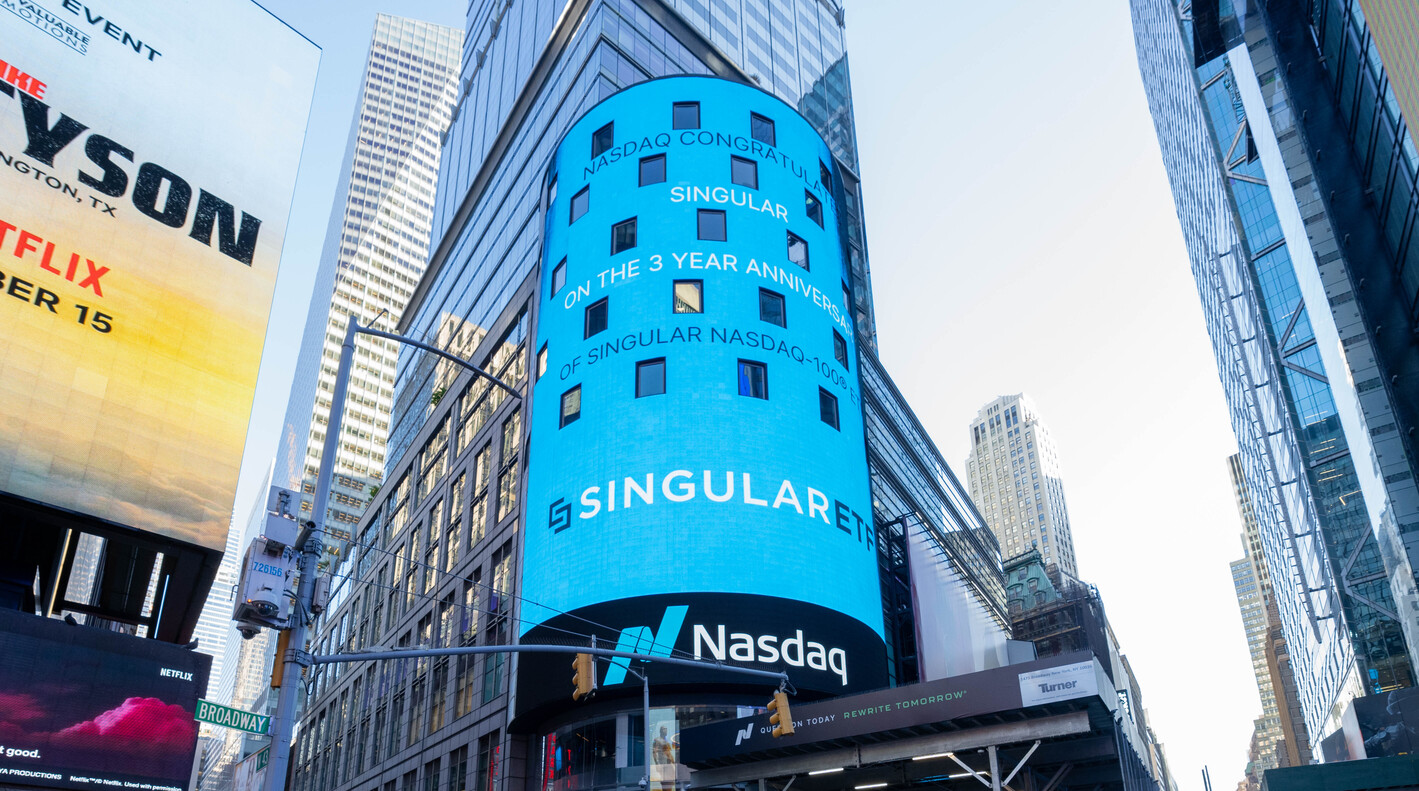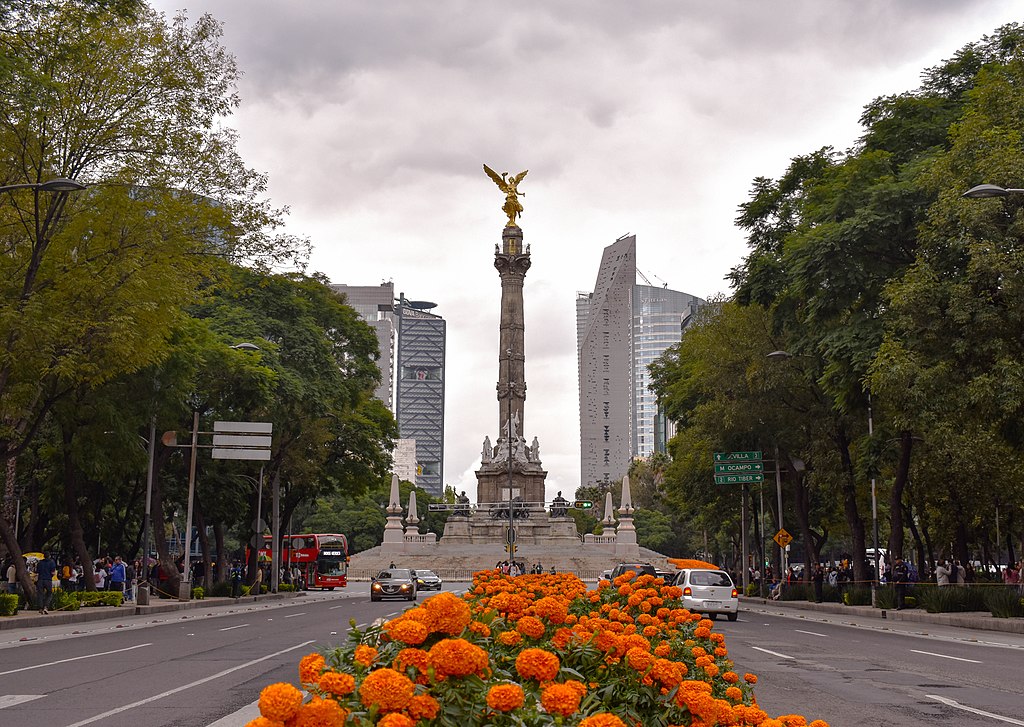The 84% of the global financial companies surveyed for a Nasdaq report plan to increase their investment exposure to Latin America over the next 12 to 24 months. Despite this strong intention, 59% of respondents cite market structure issues as a significant barrier.
Fragmentation, processing errors, and the lack of standardization are key obstacles that must be addressed to unlock these investment flows, according to the Nasdaq report conducted in collaboration with The Value Exchange.
The information comes from interviews with about 100 companies: 52% wealth management investors, 18% institutional investors, 16% brokers, and 14% custodian banks.
70% of the respondents identified the high cost of regional variation in processes and platforms as a significant blocker. This variation creates high operational costs and risks, particularly for institutional investors who need to maintain different operational models for each market.
61% of respondents experience high levels of failed loans/recalls, and 67% face settlement failures due to low straight-through processing (STP) rates. The lack of STP automation is a critical issue, particularly for wealth investors, who report STP rates below 55% in all Latin American markets.
Managing the complexity of Latin American markets requires significant resources, equivalent to about three times the full-time staff for wealth investors and even more for institutional investors. This complexity results in high fixed costs and limits economies of scale, making it difficult for smaller companies to operate efficiently.
Respondents expect significant savings with the harmonization of processes and messaging standards across all markets, with potential improvements in profits and losses of up to 21% in areas such as collateral movements and corporate actions. There is a clear demand for standardization and regionalization to reduce costs and improve efficiency.




